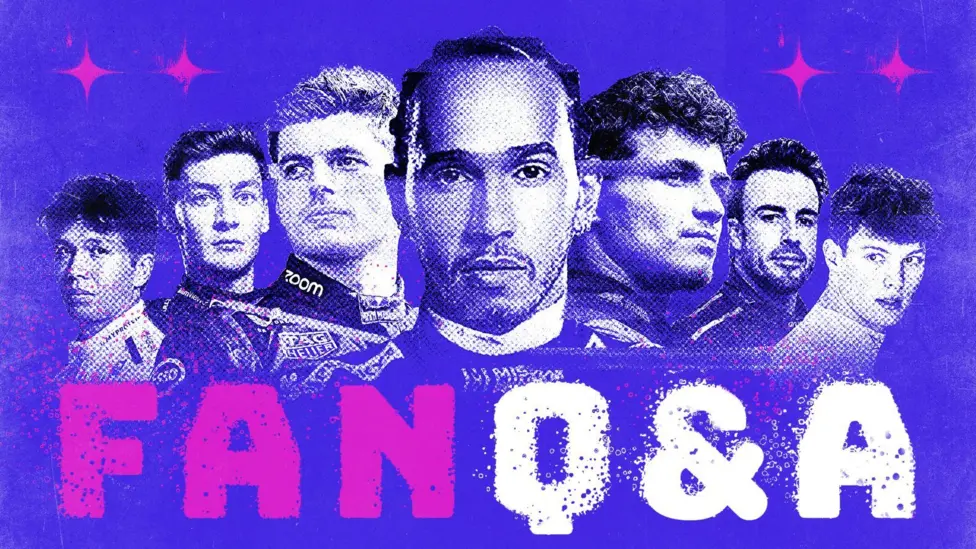
Does FIA Need to Rethink Wet Race Strategy? F1 Q&A Highlights
After another rain-affected race weekend at Spa-Francorchamps, Formula 1 fans are asking tough questions. Is pole position at Spa becoming a disadvantage? Should the FIA revise its approach to wet races? And what lies ahead for Verstappen and Hamilton?
BBC Sport F1 correspondent Andrew Benson shares his expert insights from the Belgian Grand Prix.
Is Pole Position a Disadvantage at Spa?
It certainly seemed like it. Oscar Piastri and Lando Norris, who both started from pole in the sprint and main race respectively, were overtaken at Les Combes on lap one.
But the circumstances differed:
-
In the dry sprint, Verstappen used a lower downforce setup and superior straight-line speed to pass Piastri.
-
In the wet Grand Prix, Norris mistimed his rolling start, made a mistake at La Source, and allowed Piastri to pass with confidence through Eau Rouge.
“Pole position isn’t a divine right to lead,” Benson notes. “It depends on track conditions and driver execution.”
So, despite the optics, there’s no structural issue with Spa’s layout. Altering it would compromise one of F1’s most iconic circuits.
Is FIA Too Cautious in Wet Conditions?
Rain again delayed the Belgian GP, with some feeling the FIA’s cautious approach is hampering the sport.
Even Max Verstappen suggested the race could have started on time.
But the context is important:
-
A recent crash at Silverstone involving Isack Hadjar highlighted the dangers of low visibility.
-
Two fatal crashes at Spa in recent years (Hubert, van ’t Hoff) have made the FIA more safety-conscious.
“If that’s one lap too early, is it worth it? No,” said Piastri post-race.
Ultimately, driver safety must come first — even if it means a more conservative approach in wet conditions.
What’s Behind Hamilton’s Performance Drop?
Contrary to belief, Lewis Hamilton’s recent results aren’t part of a long-term decline. His off-form Spa weekend was due to:
-
A new brake setup he hadn’t run previously
-
Working with a new data engineer mid-season
-
A misjudgment that led to deleted lap times in qualifying
“It’s not a bigger issue,” Hamilton clarified. “We just need to adapt quickly.”
Before Spa, Hamilton had out-qualified Charles Leclerc in 3 of the last 4 races and was within 0.05 seconds on average since Miami.
What About Red Bull’s 2026 Engine? Will Verstappen Leave?
Rumors suggest Mercedes might be slightly ahead on 2026 internal combustion engine development. But it’s too early for conclusions:
-
The new power unit will be 50% electric
-
Sustainable fuels will play a crucial role
-
Real performance gaps will only appear once testing begins in 2026
As for Max Verstappen, he’s not going anywhere—yet.
“Sources say Verstappen wants to stay at Red Bull,” notes Benson. “And if things go wrong in 2026, moving will be easier.”
Conclusion: Adaptation Over Panic
From Spa’s pole position dilemma to FIA’s wet weather policies and Hamilton’s evolution, F1 remains a sport of marginal gains and intricate balances. With 2026’s massive regulation changes on the horizon, teams and fans alike are preparing for a reshaped landscape.




















































































There are no comments yet. Be the first to comment!